Art
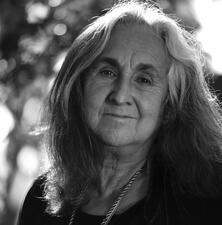
Deena Metzger
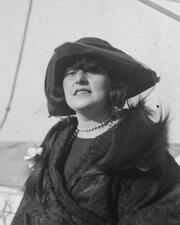
Sally Milgrim
Linda Rosenberg Miller
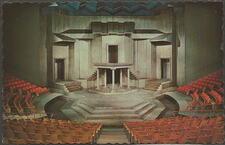
Tanya Moiseiwitsch
Regarded as one of the foremost designers in twentieth-century theater, Tanya Moiseiwitsch was an innovative designer of costumes, sets, and stages, responsible for over two hundred productions in England, Canada, and the United States. She made an impact in the male-dominated world of stage design.
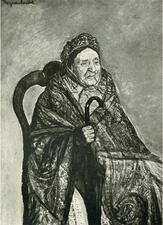
Regina Mundlak
Regina Mundlak was a skilled artist who exhibited her works in Warsaw at the Society for Promotion of Fine Arts and at the Aleksander Krywult Salon, and the Cassirer Salon in Berlin. She was interested in depicting Jewish life in the Diaspora, first through sketched portraits and later with oil paint. In 1942 she was probably deported from the Warsaw Ghetto to the Treblinka extermination camp.

Mela Muter
Mela Muter was the first professional Jewish woman painter in Poland. She immigrated to Paris in 1901, and her portraits, landscapes, and still lifes reveal the influence of major artistic currents of the turn of the century: synthetism of École de Pont-Aven, van Gogh’s expressionism, French fauvism, and cubism. Her works have been shown in exhibits throughout France and New York.
Lillian Nassau
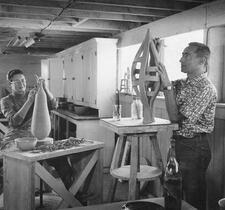
Gertrud Amon Natzler
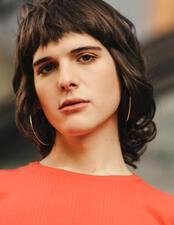
Hari Nef
Carrie Marcus Neiman
A born saleswoman, Carrie Marcus Neiman made her family’s department stores synonymous with high-end retail fashion. Dallas’s legendary Neiman Marcus specialty store owes its style, its personal brand of service, and its first cache of merchandise to Neiman, the fashion authority who helped launch a retailing concept.
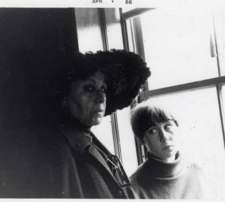
Louise Nevelson
Louise Nevelson belongs to a generation of Manhattan-based painters and sculptors whose careers coincided with the development of modernism in America. Nevelson created sculptures that audiences could both experience and see. Several of her pieces are now owned by the Whitney, the Brooklyn Museum, and MOMA.
Jewish Women in New Zealand
Isadora Newman
Isadora Newman was a celebrated writer, storyteller, poet, and artist. Born in New Orleans, her stories often focused on Creole and Black life and legend and folktales from foreign countries. Her books were translated into many languages and she later became an accomplished painter and sculptor.
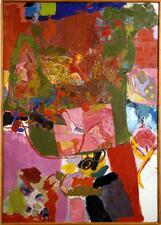
Lea Nikel
Lea Nikel, one of the central pillars of Israeli painting, had more than fifty years of magnificent creativity to her credit. She belonged to no art group or movement and over the years did not change her distinctive style, even when new styles became fashionable. Her works were exhibited throughout Israel from the early 1950s into the 2000s.

Vered Nissim
Multi-disciplinary artist, curator, and art consultant Vered Nissim was born in Israel to Iraqi immigrant parents. She identifies as a Mizrahi feminist; her art revolves around her gender, ethnic, and class identities, and she aims to give voice to marginalized women in Israeli society.
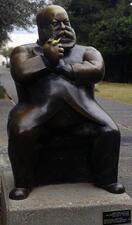
Chana Orloff
Sculptor Chana Orloff was a part of the avant-garde circle of Montparnasse, the international movement of artists in Paris. After immigrating to Paris from Palestine in 1910, Orloff became the unofficial portraitist of the Parisian elite, creating over three hundred portraits. Orloff’s sculpture figures are now in collections throughout Israel, Europe, and the United States.

Fayga Ostrower
Fayga Ostrower, born in Poland, began her artistic career after her family immigrated to Brazil, where she quickly developed a love and a talent for engraving. Her award-winning works have been displayed across the world, and she wrote many books reflecting on the power of art as a universal human language.
Mollie Parnis
Mollie Parnis’s wit and fashion-savvy made her clothing designs a must during her tenure as a fashion legend. Parnis was equally famed for her New York salons that welcomed literary and political giants and for her fashion designs that adorned first ladies.
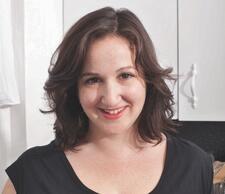
Deb Perelman
Photographers in the United States
Jewish American women photographers are a diverse group that have explored a wide range of styles and techniques. A significant number of Jewish American women photographers have had a strong social conscience—whether they were born to wealth as were Doris Ulmann and Diane Arbus, or in working-class neighborhoods, as were Helen Levitt and Rebecca Lepkoff, or come from abroad, as did Sandra Weiner.
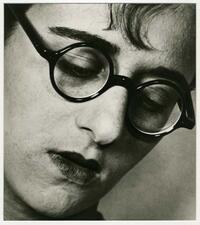
Photography in Palestine and Israel: 1900-Present Day
Although women photographers long struggled for recognition and appreciation in Palestine and Israel, in recent years awareness of their roles and contributions to photograph has increased. The activity of women photographers who focus on gender issues has increased dramatically, while female curators and academics are gaining new perspectives on Jewish female photographers, re-evaluating their role in the development of photography in Israel.
Virginia Morris Pollak
During World War II, sculptor Virginia Morris Pollak used her deep understanding of clay, plaster, and metal to revolutionize reconstructive surgery for wounded servicemen. This earned her a presidential citation, and she was later appointed to JFK’s Commission for the Employment of the Handicapped. Pollak also co-founded her own sculpture studio and chaired the Norfolk Fine Arts Commission, beautifying her hometown with an outdoor sculpture museum at the Botanic Garden.
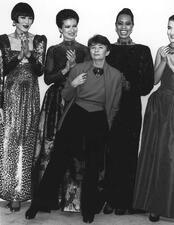
Lucie Porges
Lucie Porges brought a combination of elegance and a relaxed sensibility to her long and fruitful collaboration with top fashion designer Pauline Trigère. As she continued to design, Porges also imparted her immense knowledge in the Fashion Department of the New School for Social Research.

Hilary Price
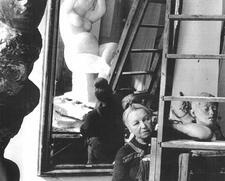
Antonietta Raphaël
Painting and sculptor Antonietta Raphaël rose to fame in the 1950s. Her paintings were seen for the first time in Rome in 1929; during World War II, she took up sculpting, and in the 1950s, she rose to prominence and exhibited her works worldwide.


